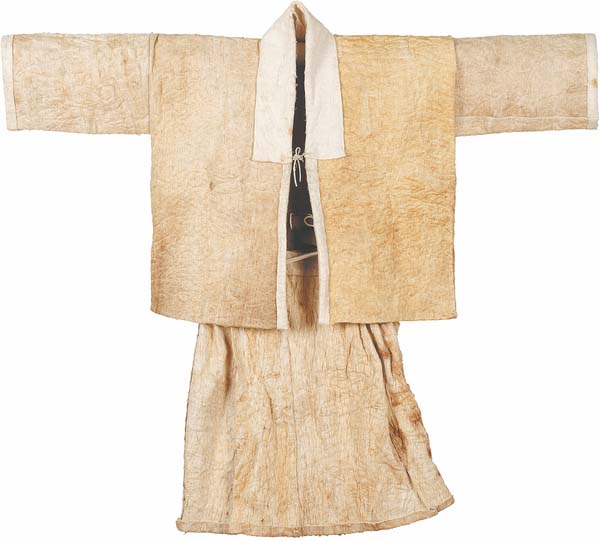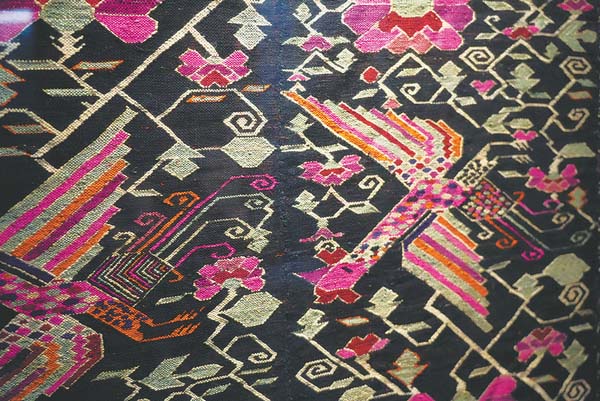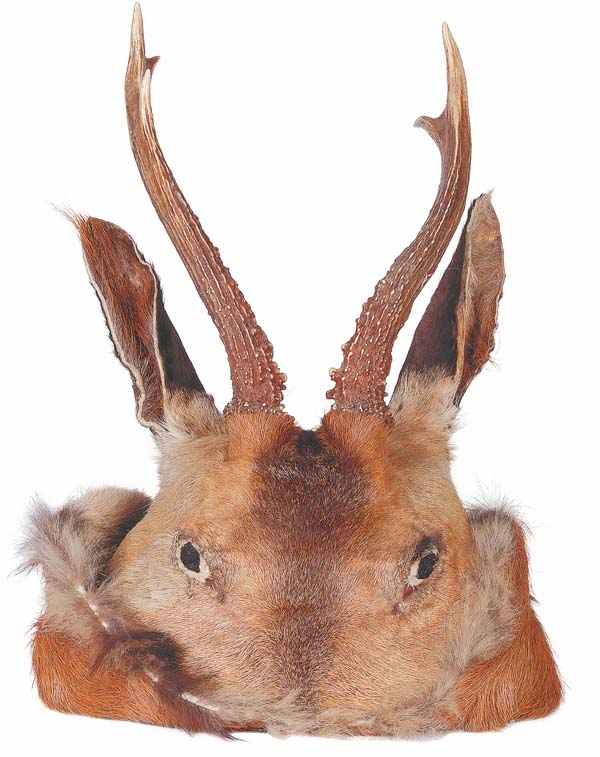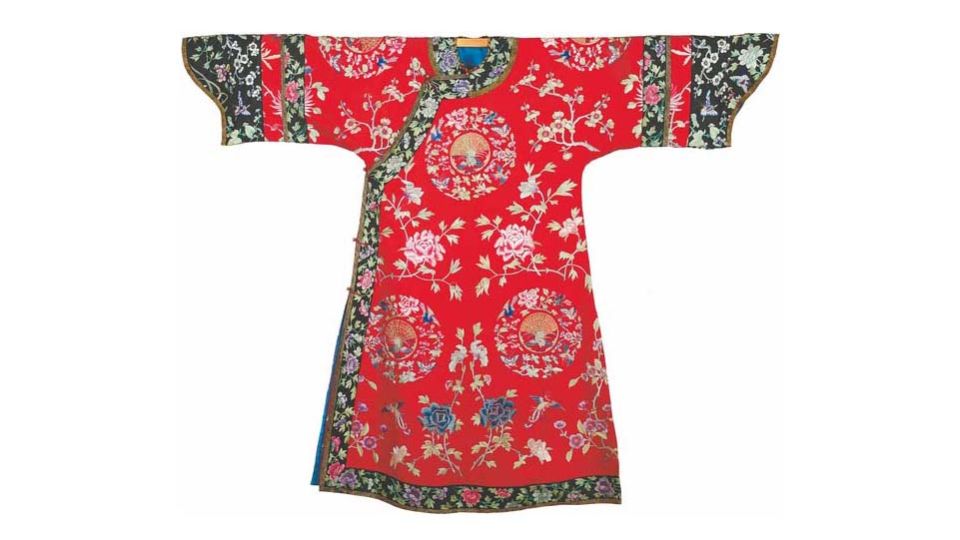August 8, 2024
BEIJING – Museum dedicated to ethnic clothing presents an image of countrywide grace and elegance.
For tourists exploring the enchanting landscapes of Beijing’s architectural wonders such as the Forbidden City, they are captivated by the vision of young women adorned in the intricate Manchu attire once donned by royal ladies of the Qing Dynasty (1644-1911). Their presence evokes a vibrant reinterpretation of traditional Chinese art, defying the oppressive heat with grace.
These dresses are part of the imperial fashion called qizhuang (costumes of the bannermen) of the Manchu ethnic group. They are but one part of the traditional garments worn by China’s 56 ethnic groups.
For people who are interested in all the colorful costumes, a must-see venue is the Ethnic Costume Museum that draws their attention to the lesser-known, yet equally captivating garments of the country’s other ethnic groups.
Nestled in the Beijing Institute of Fashion Technology is the museum, a treasure trove of cultural heritage. It was officially set up in 2000 as China’s premier institution for clothing culture. It has amassed more than 10,000 items, including clothing, jewelry, fabrics, batik and embroidery from various ethnic groups, and displays nearly a thousand photographs from the 1920s and ’30s that document the traditional dresses of ethnic groups, such as the Yi, Tibetan, and Qiang people.
The quest to collect these ethnic costumes was daunting. While Han attire is widely available, the clothing of the 55 other ethnic groups, some residing in remote or distant areas all across the country, posed a challenge in terms of its collection and preservation.

A blouse made of fish skin from the Hezhe ethnic group. PHOTO: CHINA DAILY
Since 1988, when the museum was still being prepared, the faculty members of the Beijing Institute of Fashion Technology have championed the study and conservation of ethnic costumes, leading to the establishment of the museum. Faculty and students have committed themselves to hands-on research.
Tian Hui, head of the museum, recounts the early days of their mission. “Our teachers, understanding the urgency of preserving these priceless ethnic costumes, took students on targeted expeditions to different regions,” he says.
Tian recounts a memorable episode from 2000 involving You Cuiyu, a female fisher-farmer from the Hezhe ethnic group, who was the last maker of fish-skin clothing in Heilongjiang province at the time, and the museum’s then director, Yang Yuan.
Yang ordered a set of fish-skin clothes from You for the collection, but You forgot it, because she had so much fishing and farming to do, and was only able to make fish-skin clothes during her spare time. Yang used this as a chance to meet You in her village in Northeast China, to record the process of fish-skin craftsmanship. Her determination led to the filming of a documentary about You’s skills that subsequently received national acclaim, Tian says.
“The endeavor was more than mere collecting. It was a mission to protect and document traditional craftsmanship,” he adds.

A two-part tree-bark garment from the Li people on show at the museum. PHOTO: CHINA DAILY
Acquisition was just the beginning. The museum also undertook the meticulous task of repairing and conserving garments for research. “Some pieces arrived in near-perfect condition, while others bore the marks of time, and required careful cleaning, sterilization, and treatment, before being stored,” Tian explains.
Gao Dandan, an associate researcher at the museum, says that their research revealed a tapestry of influence and integration among ethnic groups. “Despite their diversity and different clothing styles, regional commonalities emerge due to similar geographical situations. For example, long robes were favored by some ethnic groups from the north, while those from the south preferred to wear two-piece suits, either pairing a blouse with trousers or a skirt,” she says.
In this way, the Ethnic Costume Museum serves as a guardian of China’s sartorial history, ensuring that the threads of tradition and the love woven into each garment endure for generations to come.
Gao emphasizes that the uniqueness of each ethnic group’s attire lies in its intricacies.
Take, for instance, the clothing of the Oroqen people in Northeast China, which is made from animal hides or furs. Inhabiting the frigid climes of the Greater and Lesser Hinggan Mountains, the Oroqen have historically relied on the garments to survive.

Bedsheet design of the Tujia ethnic group on display at the museum. PHOTO: CHINA DAILY
“The Oroqen have a profound connection with nature, adapting to and even transforming what they find. Their wisdom of living is a type of impetus for our research into ethnic costumes,” Gao explains.
Distinctive apparel, such as the Hezhe people’s fish-skin garments and the Li people’s tree-bark clothing, also demonstrates the adaptability of ethnic groups to their environments.
“In the past, without access to fabrics like cotton, linen, or silk, these groups ingeniously made use of what nature provided, transforming raw materials into wearable art through their wisdom,” she adds.
As time progressed, the museum’s collection efforts faced increasing challenges.

Tian Hui, head of the Ethnic Costume Museum at the Beijing Institute of Fashion Technology, introduces exhibits to primary and middle school students from Beijing. PHOTO: CHINA DAILY
“With a growing emphasis on the preservation of ethnic costumes, the availability of quality pieces has diminished, and the cost of acquisition has risen, placing a strain on our resources,” Tian says.
To mitigate funding pressures, the museum has diversified acquisition strategies, including borrowing from other institutions, and accepting public donations.
Its website has a donor directory dating back to 2008, and the 102 entries each tell a touching story.
One narrative involves Dong Min, a Beijing resident who donated 61 outfits from the 1940s to ’80s, and 156 photographs from his late mother’s collection.
Tian shares the heartfelt circumstances of Dong’s contribution. Following his mother’s passing two years previously, Dong sought a deserving repository for her cherished possessions.

A hat made of deer leather from the Oroqen people. PHOTO: CHINA DAILY
“When he discovered our museum, he was relieved, because he believed our professionalism would preserve the garments and research them to their fullest,” Tian says.
“The reason I find this story so touching is that the clothes contain not just memories of his mother and his family, but the recollections of an entire generation.
“Costumes are imbued with emotion and sentiment. Behind each piece of clothing is a precious story and a cherished memory, so, when we talk about the culture of clothing, it is both an art and an emotion,” he adds.
Despite the museum’s efforts, the adoption of modern clothing by ethnic groups is an undeniable trend.
“While we wish to see traditional costumes in ethnic regions, people often prefer the convenience of modern life,” Gao says.
“The younger generation is moving to the cities, and the art of making these garments is fading with the older generation.”
This shift presents a challenge to cultural preservation, as there’s a tension between the desire for modernity and the need to protect the national heritage. So, it requires a collective societal effort to protect these treasures, according to Gao.
But Gao remains optimistic about the enduring appeal of the garments.
“The appreciation of beauty is innate. The ethnic costumes in our museum, most painstakingly handmade by women, are imbued with their love for family and life. Even domestic items like covers and sheets are made with care, reflecting a deep-seated love for life, and a commitment to beauty in every aspect,” she says, underscoring the emotional and aesthetic investment woven into each piece.
The Ethnic Costume Museum is currently curating Splendid Colors: Chinese Costume Culture Exhibition, an exhibition at the Chinese Traditional Culture Museum that seeks to bring the beauty of ethnic clothing to the public eye.
One highlight of it is a section dedicated to student designs that fuse ethnic traditions with contemporary fashion sensibilities.
“Our museum serves a dual purpose. It’s not just a repository of history but a vibrant educational space,” Tian says.
“Ultimately, our goal transcends the mere appreciation of traditional attire. We strive for innovation, to blend the ancient with the modern, and ensure that our rich cultural tapestry evolves and thrives.”
Wong Kai-wing contributed to this story.


